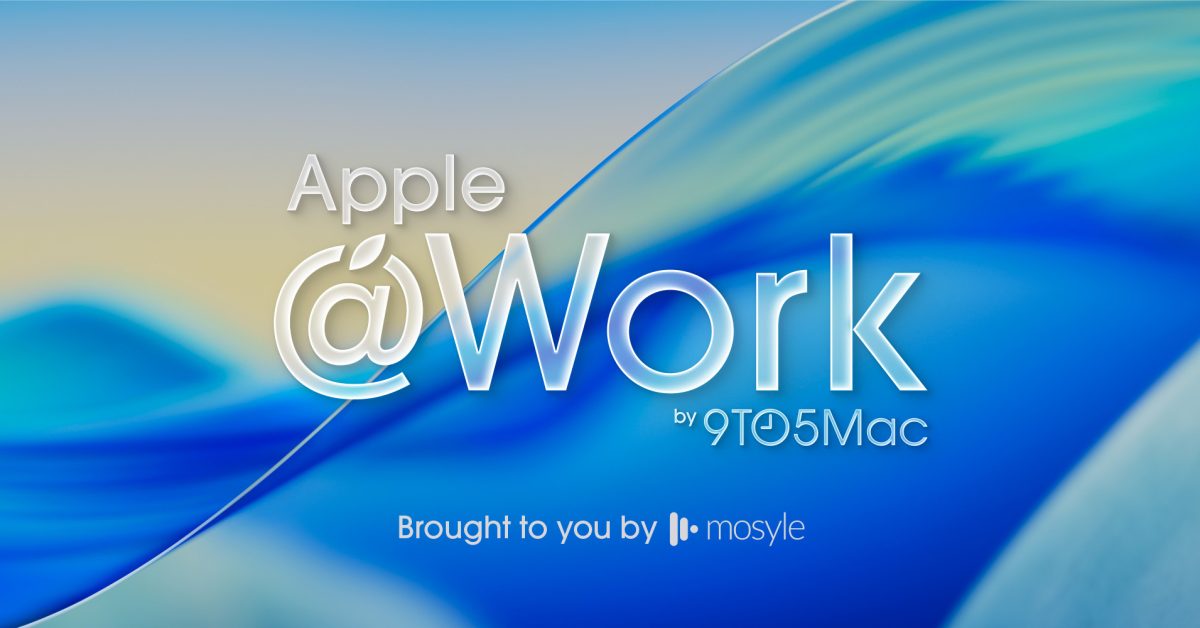
apple work how apple vision pro is Apple Vision Pro is emerging as a transformative tool in healthcare, particularly for individuals with disabilities, by leveraging non-invasive brain-computer interfaces to enhance communication.
apple work how apple vision pro is
Introduction to Apple Vision Pro
Launched with much fanfare, Apple Vision Pro is not just another addition to the tech giant’s lineup; it represents a significant leap forward in augmented reality (AR) and virtual reality (VR) technology. While much of the initial conversation surrounding the device has focused on its applications in entertainment and productivity, a groundbreaking clinical study is shifting the narrative toward its potential in healthcare. This study, conducted by Cognixion, aims to explore how the Vision Pro can assist individuals with severe disabilities in communicating more effectively.
Understanding Non-Invasive Brain-Computer Interfaces
Non-invasive brain-computer interfaces (BCIs) are systems that allow for direct communication between the brain and external devices without the need for surgical implants. These interfaces typically rely on technologies such as electroencephalography (EEG) to detect brain activity and translate it into actionable commands. The integration of BCIs with eye-tracking technology and artificial intelligence (AI) creates a powerful toolkit for enhancing communication for those with significant physical limitations.
The Significance of the Cognixion Study
The Cognixion study is particularly noteworthy as it focuses on individuals suffering from conditions like amyotrophic lateral sclerosis (ALS), spinal cord injuries, and stroke-related impairments. These conditions often severely limit a person’s ability to communicate verbally or through traditional means. By utilizing the Vision Pro, researchers aim to develop a system that allows these individuals to communicate using a combination of their brain signals and eye movements.
Methodology of the Study
The study employs a multi-faceted approach to gather data and test the efficacy of the Vision Pro in real-world scenarios. Participants are equipped with the Vision Pro headset, which is designed to capture both eye movements and brain activity. The data collected is then analyzed using AI algorithms that interpret the signals and translate them into meaningful communication outputs.
Initial Findings and Implications
Preliminary findings from the study indicate that participants are able to communicate more effectively than with traditional assistive technologies. The combination of brain signals and eye tracking allows for a more intuitive interaction model, which could significantly enhance the quality of life for individuals with severe disabilities. The implications of these findings extend beyond mere communication; they could lead to new avenues for independence and social interaction for affected individuals.
Broader Context: The Role of Technology in Healthcare
The integration of technology in healthcare is not a new concept, but the rapid advancements in AI and machine learning are creating unprecedented opportunities for innovation. The Vision Pro’s application in healthcare is a prime example of how technology can be harnessed to address complex challenges faced by individuals with disabilities. As healthcare systems worldwide grapple with the need for more inclusive solutions, the role of devices like the Vision Pro becomes increasingly critical.
Stakeholder Reactions
The response from various stakeholders has been overwhelmingly positive. Healthcare professionals, researchers, and advocacy groups have expressed optimism about the potential of the Vision Pro to revolutionize communication for individuals with disabilities. Many experts believe that this technology could serve as a model for future innovations aimed at improving accessibility in various domains.
Challenges and Considerations
Despite the promising findings, there are challenges that need to be addressed. One major concern is the accessibility of the technology itself. While the Vision Pro offers advanced capabilities, its cost may be prohibitive for many individuals and healthcare facilities. Ensuring that this technology is affordable and widely available will be crucial for its success in the healthcare sector.
Future Directions
Looking ahead, the Cognixion study is just the beginning. Researchers are optimistic about the potential for further advancements in BCI technology and its applications in healthcare. Future studies may explore additional use cases, such as enhancing mobility for individuals with physical disabilities or improving cognitive functions through targeted brain stimulation.
Conclusion: A New Era of Communication
The Apple Vision Pro is not merely a technological marvel; it has the potential to redefine how individuals with disabilities communicate and interact with the world. As the Cognixion study continues to unfold, it may pave the way for a new era of accessibility, where technology serves as a bridge rather than a barrier. The implications of this research extend far beyond the confines of the study, promising a future where individuals with disabilities can achieve greater independence and quality of life.
In summary, the intersection of technology and healthcare is a rapidly evolving landscape. The Vision Pro’s role in this space highlights the importance of innovation in addressing the needs of marginalized communities. As we continue to explore the capabilities of non-invasive brain-computer interfaces, the potential for transformative change in communication and accessibility becomes increasingly clear.
Source: Original report
Was this helpful?
Last Modified: November 9, 2025 at 8:35 am
3 views














